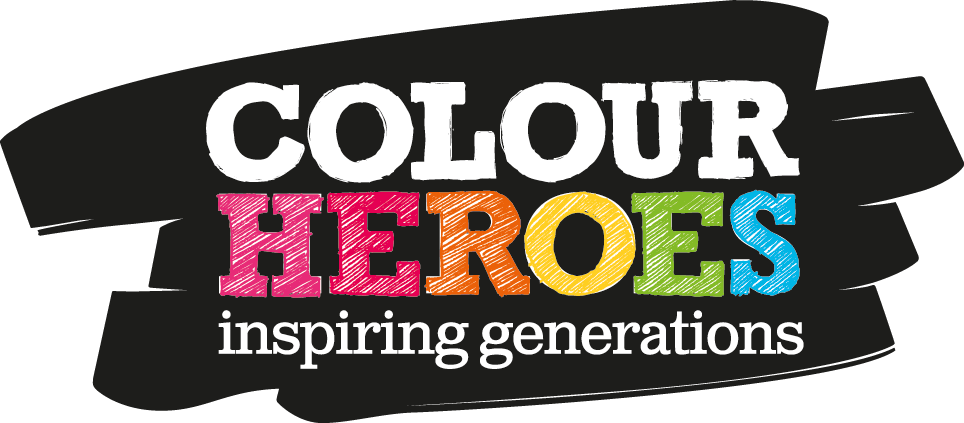Encourage creativity with unicorns and mythical creatures
Unicorns are a favourite amongst children and adults. They signify beauty and bring joy wherever they go. This fantastical creature is seen as a symbol of diversity, uniqueness and inclusivity.
Our Colour Heroes team are no exception, and to celebrate this magical creature we have created a brand-new unicorn-themed activity sheet, packed full of fun and educational activities for children. Children can complete the unicorn-themed puzzles on side one, including a unicorn dot-to-dot, spy, spot the difference, scavenger hunt and unicorn ice cream colouring in. On the reverse, children can colour in and name their unicorn, as well as choosing a magic power and finding out their unique unicorn name.
The History of Unicorns
The unicorn is a legendary creature that has been described since antiquity as a beast with a single, large, pointed, spiralling horn projecting from its forehead. The unicorn continues to hold a place in popular culture. It is often used as a symbol of fantasy, or rarity. Unicorns are thought to be good and pure creatures with magical powers.
In European literature and art, the unicorn has for the last 1,000 years, or so, been depicted as a white horse, or goat-like animal, with a long, straight horn with spiralling grooves, cloven hooves and sometimes a goat's beard. In the Middle Ages and the Renaissance, it was commonly described as an extremely wild woodland creature, a symbol of purity and grace, which could be captured only by a virgin. In encyclopedias, its horn was described as having the power to render poisoned water potable and to heal sickness. In medieval and Renaissance times, the tusk of the narwhal was sometimes sold as a unicorn horn.
The Scotland Connection
The creature's mystic charm is popular in Celtic mythology. These proud, untameable creatures are fiercely independent and famously difficult to capture, or conquer. Scots have always felt drawn to what unicorns represent and one could say the unicorn is really the official national animal of Scotland. The unicorn has been a symbol on the Scottish coat of arms since the 12th century. More recently, in 2015, a national day of unicorns was declared. National Unicorn Day is celebrated each year on the 9th April.
Do Unicorns Exist?
There is no definitive answer to whether unicorns exist or not. There have been reports of fossil remains being found, but they were not the pretty horses with pearly white manes and horns that we imagine. However, these reports are not widely accepted by the scientific community and most experts believe that unicorns were never real, biological animals.
Our Unicorn Activity Sheet
Due to the increase in the popularity of unicorns, we are seeing many of our farm park clients introducing unicorns to visitors. Families can take part in a whole host of unicorn-inspired activities. At many farm parks across the UK, children are invited to dress up as fairies, princesses, knights and wizards before meeting a unicorn, or fairy queen.
Designed by our in-house team, our A4 unicorn activity sheets are printed in the UK on high-quality material, in full colour and double-sided for lots of fun. Shop our unicorn activity sheets here
Did you know?
· The name for a baby unicorn is a sparkle.
· Unicorns don't have wings. If you have seen one with wings, then it was probably a mythical creature called Pegasus.
· The estimated number of years that unicorns have been around is 6,000.
· Unicorns have blue or purple eyes.
· The number of unicorns that live in a group is five.
· Unicorns are mostly white and black in colour.
· £10,000 pounds is the price Queen Elizabeth I paid to purchase a spiral horn!
· After being hash tagged by thousands of bloggers, the term ‘unicorn’ started to trend worldwide on social media sites such as Twitter and Instagram.



